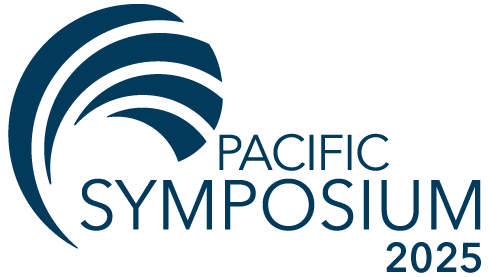This 1-day workshop will continue with information presented in the earlier introductory lecture. Because subtle levels of nerve compression can affect the axoplasmic flow and nerve conduction, nerve entrapment sites could be considered as “binding regions” and act as a silent contributor to injury. For the TCM practitioner, when treating a musculoskeletal injury, understanding where the proximal nerve compression sites are located is important for positive clinical outcomes.
We will go over many different nerve entrapment sites that can affect pain patterns in the head, neck and upper extremity. We will cover the lower cervical spinal nerve compression, headache pain generators from greater occipital and 3rd occipital nerve compression, thoracic outlet syndrome, and the various nerve entrapment sites affecting the musculocutaneous, ulnar, median and radial nerves of the upper extremity will be discussed, assessed and treated.

